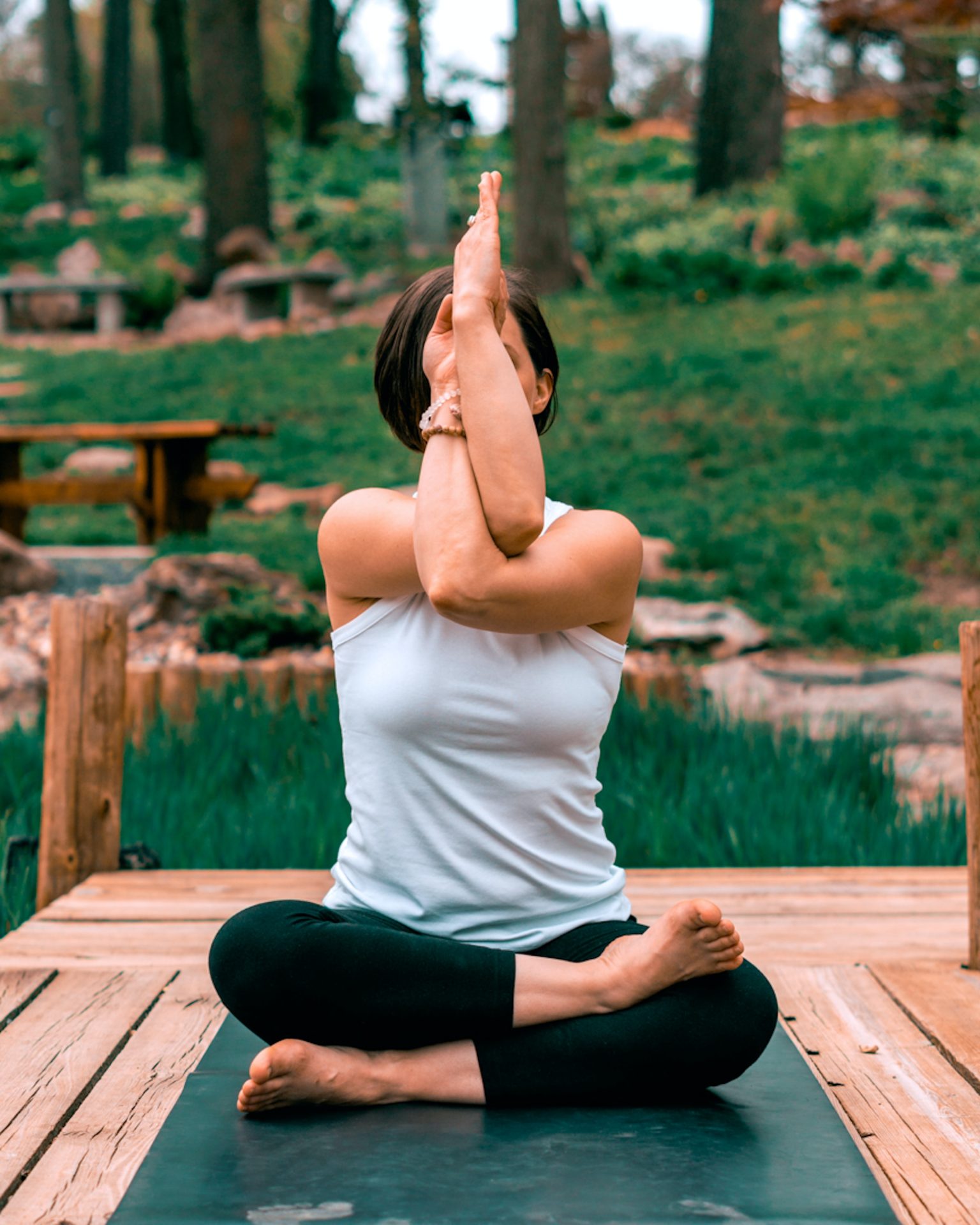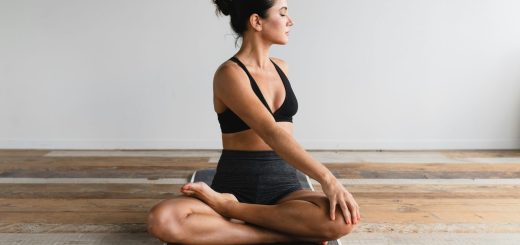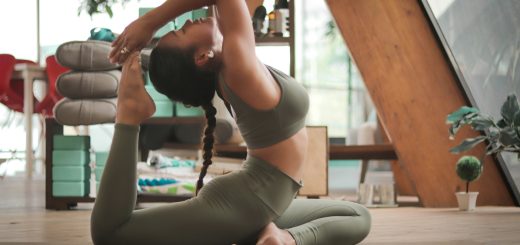Yoga Poses for Back Pain: Strengthen Your Spine

Before diving in, please note: This post is for informational purposes only. If you’d like to know more about how we approach topics, feel free to check out our friendly Disclaimer Page.
Hey there, amazing readers! 🖐️ Just a quick note: yes, we know there are a lot of ads here. Trust us, we get it—it’s not the prettiest look, but they help us keep this blog alive and kicking. Those pesky little ads cover the costs of all the behind-the-scenes magic, from hosting and tech stuff to creating content we hope you’ll love.
We’re committed to delivering quality posts, and your support (even just sticking around despite the ads) means everything to us. So, bear with us, and thanks for helping us keep the good vibes rolling. Now, on to the fun stuff! 😉
TRANSLATE BUTTON AT THE END OF THE ARTICLE
A Quick Overview
Back pain is a common ailment that affects millions of people around the world.
It can be caused by a variety of factors, including poor posture, muscle strain, injury, or underlying medical conditions.
Yoga is a popular form of exercise that has been shown to be effective in alleviating back pain by strengthening the muscles that support the spine, improving flexibility, and promoting relaxation.
In this article, we will explore various yoga poses that can help strengthen your spine and relieve back pain.
Understanding Back Pain and Yoga
Back pain can range from mild discomfort to severe, debilitating pain that affects daily activities.
Yoga is a holistic approach to health and wellness that focuses on integrating the mind, body, and spirit through physical postures, breathing exercises, and meditation.
When practiced regularly, yoga can help improve posture, increase flexibility, and strengthen the muscles that support the spine.
By addressing the root causes of back pain, such as muscle imbalances and poor alignment, yoga can provide long-term relief and prevent future issues.
Benefits of Yoga for Back Pain
There are numerous benefits of practicing yoga for back pain relief, including:
Strengthening the core muscles that support the spine
Improving flexibility and range of motion
Promoting relaxation and reducing stress
Enhancing posture and alignment
Increasing circulation and blood flow to the spine
Alleviating muscle tension and tightness
Improving overall physical and mental well-being
By incorporating yoga into your daily routine, you can experience these benefits and find relief from back pain.
Precautions Before Starting Yoga
Before starting any new exercise program, including yoga, it is important to consult with a healthcare provider, especially if you have a history of back pain or injuries.
Some precautions to keep in mind when practicing yoga for back pain include:
Listen to your body and avoid pushing yourself beyond your limits
Modify poses as needed to accommodate your level of flexibility and strength
Use props such as blocks or straps to support your body in challenging poses
Focus on proper alignment and technique to prevent strain and injury
Stay hydrated and take breaks as needed during your practice
By taking these precautions, you can safely and effectively practice yoga to strengthen your spine and alleviate back pain.
Cat-Cow Pose for Flexibility
The Cat-Cow pose is a gentle flow that helps to improve flexibility in the spine and relieve tension in the back muscles.
To practice Cat-Cow pose:
Start on your hands and knees with your wrists directly under your shoulders and your knees under your hips.
Inhale as you arch your back and lift your head and tailbone towards the ceiling (Cow pose).
Exhale as you round your back and tuck your chin towards your chest (Cat pose).
Continue to flow between Cow and Cat pose for several breaths, focusing on the movement of your spine.
By incorporating Cat-Cow pose into your yoga practice, you can increase flexibility in the spine and improve mobility in the back muscles.
Downward Facing Dog for Alignment
Downward Facing Dog is a staple yoga pose that helps to align the spine, strengthen the core muscles, and stretch the entire body.
To practice Downward Facing Dog:
Begin in a plank position with your hands shoulder-width apart and your hips lifted towards the ceiling.
Press into your hands and feet to lift your hips up and back, creating an inverted V shape with your body.
Lengthen your spine and engage your core muscles as you hold the pose for several breaths.
Relax your head and neck, and focus on creating length in your spine.
By practicing Downward Facing Dog regularly, you can improve alignment in the spine, strengthen the core muscles, and release tension in the back.
Child’s Pose for Relaxation
Child’s Pose is a restful yoga pose that helps to release tension in the back, shoulders, and neck, and promote relaxation and mindfulness.
To practice Child’s Pose:
Begin on your hands and knees with your big toes together and your knees apart.
Sit back on your heels and extend your arms forward, resting your forehead on the mat.
Breathe deeply and relax into the pose, focusing on releasing tension in the back and shoulders.
Hold the pose for several breaths, allowing yourself to relax and unwind.
By incorporating Child’s Pose into your yoga practice, you can promote relaxation, release tension in the back, and cultivate mindfulness in your practice.
Bridge Pose for Strength
Bridge Pose is a powerful yoga pose that helps to strengthen the back, core, and glutes, and improve posture and alignment.
To practice Bridge Pose:
Lie on your back with your knees bent and your feet hip-distance apart.
Press into your feet and lift your hips towards the ceiling, engaging your glutes and core muscles.
Interlace your fingers underneath your back and press your arms into the mat for support.
Hold the pose for several breaths, focusing on strengthening the back muscles and improving posture.
By including Bridge Pose in your yoga practice, you can strengthen the muscles that support the spine, improve posture, and prevent back pain.
Cobra Pose for Spine Flexibility
Cobra Pose is a backbend that helps to improve flexibility in the spine, strengthen the back muscles, and open the chest and shoulders.
To practice Cobra Pose:
Lie on your stomach with your hands under your shoulders and your elbows close to your body.
Press into your hands and lift your chest off the mat, keeping your elbows bent.
Engage your core muscles and lengthen your spine as you lift your chest towards the ceiling.
Hold the pose for several breaths, focusing on opening the chest and improving flexibility in the spine.
By incorporating Cobra Pose into your yoga practice, you can increase flexibility in the spine, strengthen the back muscles, and improve posture and alignment.
Pigeon Pose for Hip Opening
Pigeon Pose is a deep hip opener that helps to release tension in the hips, glutes, and lower back, and improve flexibility and mobility.
To practice Pigeon Pose:
Begin in a plank position and bring your right knee towards your right wrist.
Slide your left leg back and lower your hips towards the mat, keeping your hips square.
Walk your hands forward and relax into the pose, feeling a deep stretch in the hips and glutes.
Hold the pose for several breaths, focusing on releasing tension and improving hip mobility.
By practicing Pigeon Pose regularly, you can release tension in the hips and lower back, improve flexibility, and prevent back pain.
Seated Forward Bend for Stretching
Seated Forward Bend is a gentle yoga pose that helps to stretch the back, hamstrings, and calves, and promote relaxation and mindfulness.
To practice Seated Forward Bend:
Sit on the mat with your legs extended in front of you and your feet flexed.
Inhale as you lengthen your spine and reach your arms towards the ceiling.
Exhale as you fold forward from the hips, reaching towards your feet.
Relax into the pose and hold for several breaths, feeling a deep stretch in the back and hamstrings.
By incorporating Seated Forward Bend into your yoga practice, you can stretch the back, hamstrings, and calves, promote relaxation, and cultivate mindfulness.
Spinal Twist for Mobility
Spinal Twist is a gentle yoga pose that helps to improve mobility in the spine, release tension in the back muscles, and promote detoxification.
To practice Spinal Twist:
Lie on your back with your knees bent and your arms extended to the sides.
Cross your right knee over your left and lower both knees to the left side.
Turn your head to the right and gaze over your right shoulder, feeling a deep stretch in the spine.
Hold the pose for several breaths, focusing on improving mobility in the spine and releasing tension in the back muscles.
By including Spinal Twist in your yoga practice, you can improve mobility in the spine, release tension in the back, and promote detoxification.
Savasana for Relaxation and Recovery
Savasana, also known as Corpse Pose, is a final relaxation pose that helps to promote relaxation, reduce stress, and allow the body to recover after a yoga practice.
To practice Savasana:
Lie on your back with your arms by your sides and your legs extended.
Close your eyes and focus on your breath, allowing your body to relax completely.
Let go of any tension in the body and mind, and surrender to the present moment.
Remain in Savasana for several minutes, allowing yourself to rest and recover.
By ending your yoga practice with Savasana, you can promote relaxation, reduce stress, and allow your body to recover after strenuous physical activity.
Conclusion
In conclusion, practicing yoga can be a beneficial and effective way to strengthen your spine, improve flexibility, and alleviate back pain.
By incorporating yoga poses such as Cat-Cow, Downward Facing Dog, Child’s Pose, Bridge Pose, Cobra Pose, Pigeon Pose, Seated Forward Bend, Spinal Twist, and Savasana into your daily routine, you can experience a wide range of benefits for your back health.
Remember to listen to your body, take precautions, and consult with a healthcare provider before starting a new exercise program.
With regular practice and mindfulness, you can strengthen your spine and enjoy a pain-free, healthy back.

The Enlightenment Journey is a remarkable collection of writings authored by a distinguished group of experts in the fields of spirituality, new age, and esoteric knowledge.
This anthology features a diverse assembly of well-experienced authors who bring their profound insights and credible perspectives to the forefront.
Each contributor possesses a wealth of knowledge and wisdom, making them authorities in their respective domains.
Together, they offer readers a transformative journey into the realms of spiritual growth, self-discovery, and esoteric enlightenment.
The Enlightenment Journey is a testament to the collective expertise of these luminaries, providing readers with a rich tapestry of ideas and information to illuminate their spiritual path.
Our Diverse Expertise 🌟
While our primary focus is on spirituality and esotericism, we are equally passionate about exploring a wide range of other topics and niches 🌍📚. Our experienced team is dedicated to delivering high-quality, informative content across various subjects ✨.
To ensure we provide the most accurate and valuable insights, we collaborate with trusted experts in their respective domains 🧑🏫👩🏫. This allows us to offer well-rounded perspectives and knowledge to our readers.
Our blog originally focused on spirituality and metaphysics, but we’ve since expanded to cover a wide range of niches. Don’t worry—we continue to publish a lot of articles on spirituality! Frequently visit our blog to explore our diverse content and stay tuned for more insightful reads.





